Table of Contents
- What Exactly Is Soffritto?
- Why Soffritto Matters in Cooking
- How to Make Perfect Soffritto
- Global Flavor Variations
- Soffritto in Everyday Recipes
- Buying Guide: Best Ingredients for Soffritto
- Frequently Asked Questions About Soffritto
- Conclusion: Start Building Flavor from the Bottom Up!
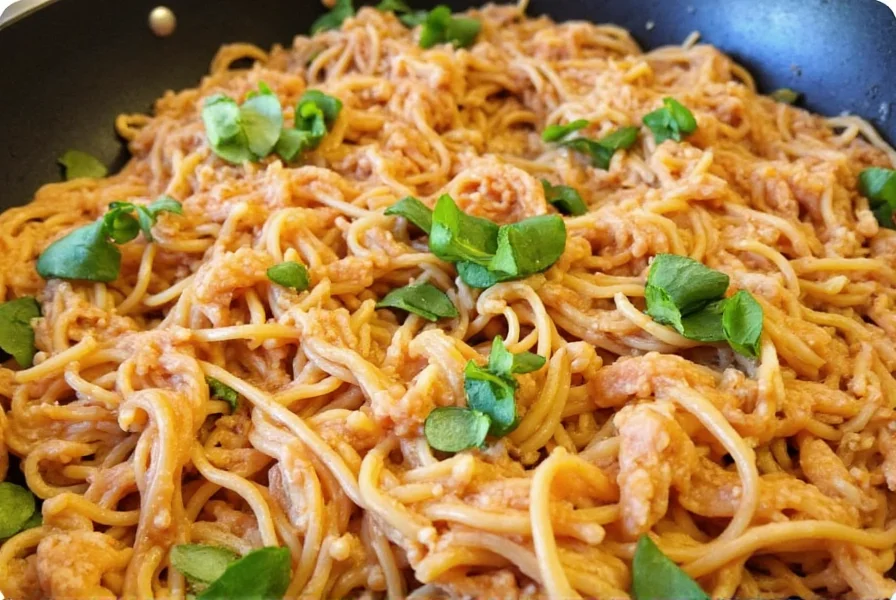
What Exactly Is Soffritto?
Soffritto (pronounced so-freet-toh) is a foundational Italian cooking technique where onions, carrots, and celery are finely chopped and slowly sautéed in olive oil to create a flavor base for soups, sauces, and stews. Often called the 'holy trinity' of Italian cuisine, soffritto forms the essential foundation for countless dishes, including ragù, minestrone, and many others. This simple mixture of aromatic vegetables is the starting point for building depth and complexity in countless recipes.
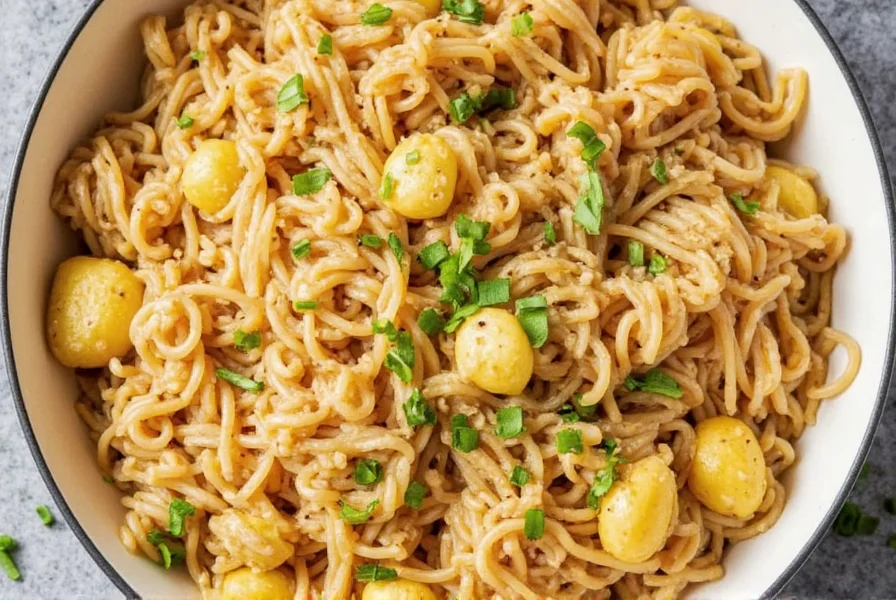
Why Soffritto Matters in Cooking
Soffritto might not scream "main attraction," but it's the unsung hero of flavor development. Let's break it down:
- Flavor Base: It adds depth, sweetness, and umami before you even add the main ingredients.
- Texture Enhancer: The softened texture integrates seamlessly into sauces, soups, and stews.
- Aroma Activator: The slow-cooked aromas awaken your taste buds and set the stage for complex layering.
Science Meets Sensuality
When you cook soffritto slowly, the Maillard reaction begins—the same chemical process that gives seared meats and toasted bread their rich flavors. At the same time, natural sugars in onions and carrots start to caramelize, adding a subtle sweetness that balances acidity or saltiness later in the dish.
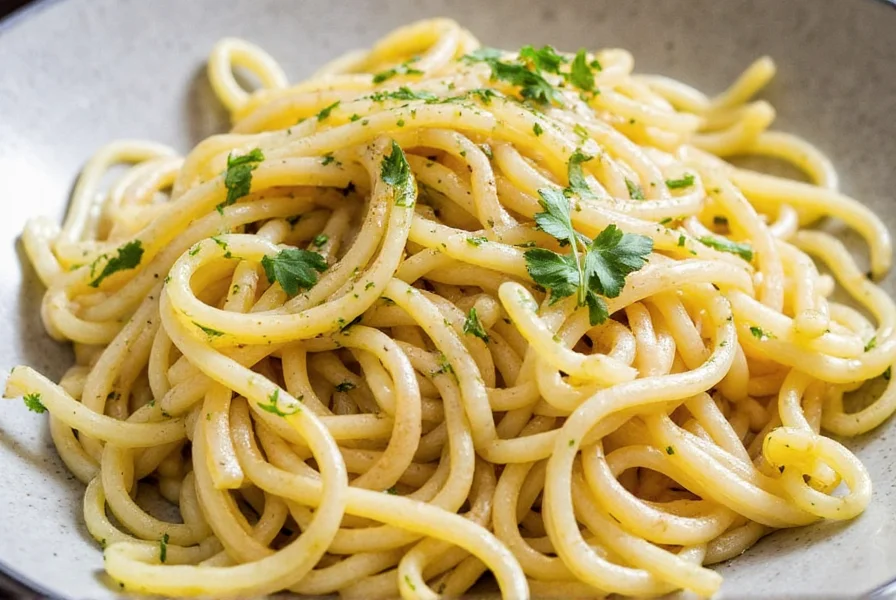
How to Make Perfect Soffritto
The beauty of soffritto is its simplicity—but like all great things, it requires care and precision. Here's how to nail it every single time:
- Choose Your Trio: Classic ratio is 2 parts onion, 1 part carrot, 1 part celery. But more on variations soon!
- Chop with Care: Uniform dicing ensures even cooking. Aim for small, consistent pieces.
- Olive Oil or Butter? Both work! Olive oil brings fruitiness; butter adds richness.
- Low and Slow: Cook over medium-low heat. Don't rush it—aim for 10–15 minutes of gentle sautéing.
- Season Smart: A pinch of salt helps draw out moisture and season early.
- Don't Brown: You're aiming for translucent and fragrant—not browned or burnt.
Tips & Tricks
| Troubleshooting | Solution |
|---|---|
| Veggies are browning too fast | Reduce heat and stir more frequently |
| Mixture sticking to the pan | Add a splash of water or broth to deglaze |
| Dry or rubbery texture | Cover pan halfway through cooking to retain moisture |
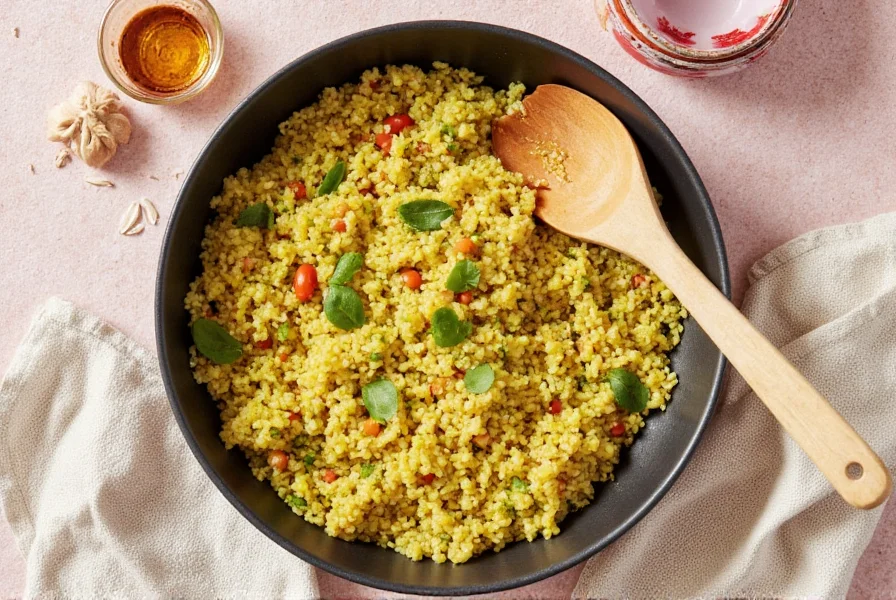
Global Flavor Variations
While traditional Italian soffritto uses onions, carrots, and celery, other cuisines have developed their own aromatic trinity. Here's a quick global tour:
| Cuisine | Base Ingredients | Signature Dishes |
|---|---|---|
| Italian | Onion, carrot, celery | Ragù alla Bolognese, Minestrone |
| French | Onion, carrot, celery (mirepoix) | Coq au Vin, Boeuf Bourguignon |
| Creole/Cajun | Onion, bell pepper, celery | Gumbo, Jambalaya |
| Mexican | Onion, garlic, chilies | Salsas, moles |
| Indian | Onion, ginger, garlic | Curries, gravies |
Spice It Up!
You can customize your soffritto by adding spices at the beginning of the sauté process. Try:
- Fennel seeds for Italian flair
- Paprika for Spanish dishes
- Cumin or coriander for Middle Eastern twists
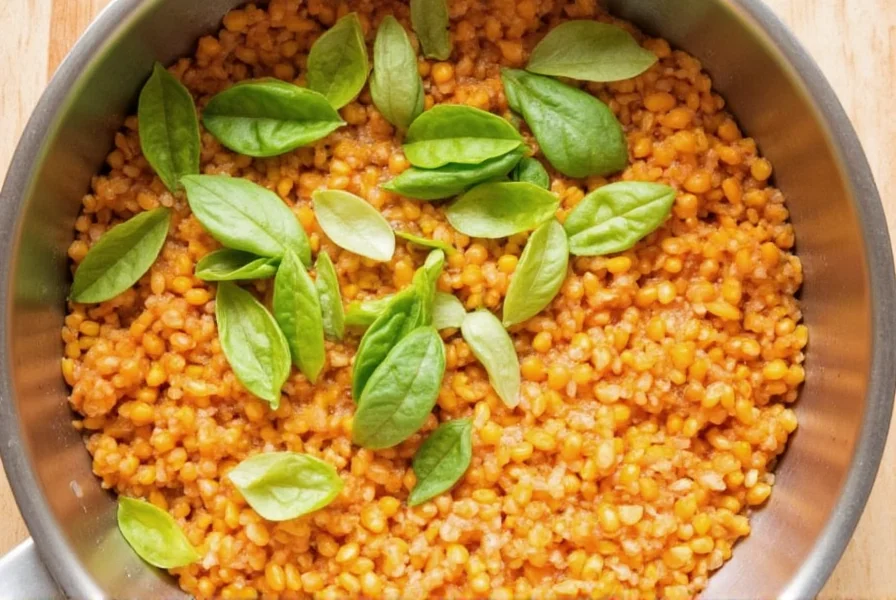
Soffritto in Everyday Recipes
Now that you know what soffritto is and how to make it, let's talk application. Whether you're making a soup or simmering a stew, here's how soffritto enhances your meals:
Classic Italian Ragù
The base of any good ragù starts with a silky soffritto. Cook it gently, then add tomato paste and crushed tomatoes for a rich, layered sauce.
Vegetable Stir-Fry Upgrade
Next time you're making a veggie stir-fry, try starting with a quick soffritto—it builds a much deeper flavor base than tossing raw garlic into hot oil.
Homemade Stock Boost
Even if you don't sauté them, adding soffritto ingredients to your homemade stock adds body and complexity. Think of it as flavor insurance.

Buying Guide: Best Ingredients for Soffritto
Quality matters when building flavor from scratch. Here's a curated list of the best ingredients to look for when preparing your next batch of soffritto:
Best Onions for Soffritto
- Yellow Onions: Sweet and pungent, perfect for most recipes.
- Shallots: For a milder, gourmet touch.
Best Carrots
- Organic Baby Carrots: No peeling required and naturally sweeter.
- Fresh Cut Carrots: Look for firm, bright orange sticks.
Best Celery
- Local Farm-Grown Stalks: Fresher and more aromatic.
- Organic Celery: Less pesticide residue and better flavor.
Recommended Tools
| Product | Features | Use Case | Target Audience |
|---|---|---|---|
| Sharp Chef Knife | Stainless steel blade, ergonomic handle | Precise chopping | Home cooks and professionals |
| Non-Stick Skillet | Heat-resistant coating, even heat distribution | Sautéing without sticking | Beginners and everyday users |
| Microplane Zester | Grate garlic or spices easily | Adding fine aromatics | Cooks who love layering flavor |
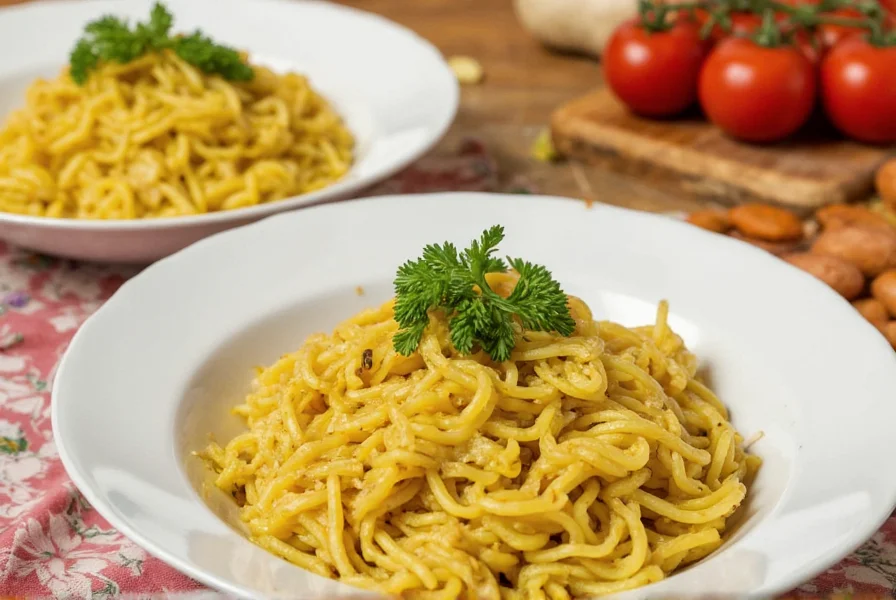
Frequently Asked Questions About Soffritto
Here are answers to the most common questions home cooks have about preparing and using soffritto:
What's the difference between soffritto and mirepoix?
While both are aromatic bases, soffritto is Italian and typically uses olive oil with a 2:1:1 ratio of onion:carrot:celery. Mirepoix is French and traditionally uses butter with equal parts onion, carrot, and celery. Soffritto often includes garlic and herbs, while mirepoix is more restrained.
Can I freeze soffritto for later use?
Absolutely! Once cooled, portion your soffritto into ice cube trays, freeze, then transfer to airtight bags. It keeps for up to 6 months. Simply toss a cube into soups, sauces, or stews when needed—this is a great time-saver for weeknight cooking.
Why is my soffritto turning brown too quickly?
This usually happens when the heat is too high. Soffritto requires patience—cook over medium-low heat and stir frequently. If browning occurs, immediately reduce heat and add a splash of water or broth to stop the cooking process temporarily.
What's the best oil to use for authentic soffritto?
Traditional Italian soffritto uses extra virgin olive oil for its fruity notes. However, for higher-heat cooking or French-inspired dishes, butter or a butter-olive oil blend works beautifully. Avoid neutral oils like canola—they won't contribute the same flavor depth.
Can I make soffritto without celery?
Yes, though you'll lose some complexity. For a substitute, try fennel bulb (for Italian dishes), leeks (for French cuisine), or even parsnips. In Creole cooking, bell peppers replace celery entirely. Just remember the classic balance: something sweet (carrot), something pungent (onion), and something earthy (celery substitute).
How long does homemade soffritto last in the refrigerator?
Properly stored in an airtight container with a thin layer of oil on top, soffritto will keep for 4-5 days in the refrigerator. The oil creates a seal that prevents oxidation and preserves freshness. Always use clean utensils when scooping to prevent contamination.
Is soffritto gluten-free and vegan?
Yes! Traditional soffritto is naturally gluten-free and vegan when prepared with olive oil. Just be mindful of what you add later in your recipe—some store-bought stocks or flavor enhancers may contain gluten or animal products. For strict vegan versions, avoid butter and use only plant-based fats.

Conclusion: Start Building Flavor from the Bottom Up!
Soffritto isn't just a step in the recipe—it's the soul of your dish. By mastering this simple technique, you unlock the power to build deep, complex flavors in everything from pasta sauces to grain bowls.
Whether you're sticking to the classic trio or experimenting with regional variations, remember this: patience pays off. Treat your soffritto like a delicate perfume—don't rush it, don't burn it, and above all, don't skip it.
So grab those onions, carrots, and celery—and start cooking smarter, one aromatic bite at a time.
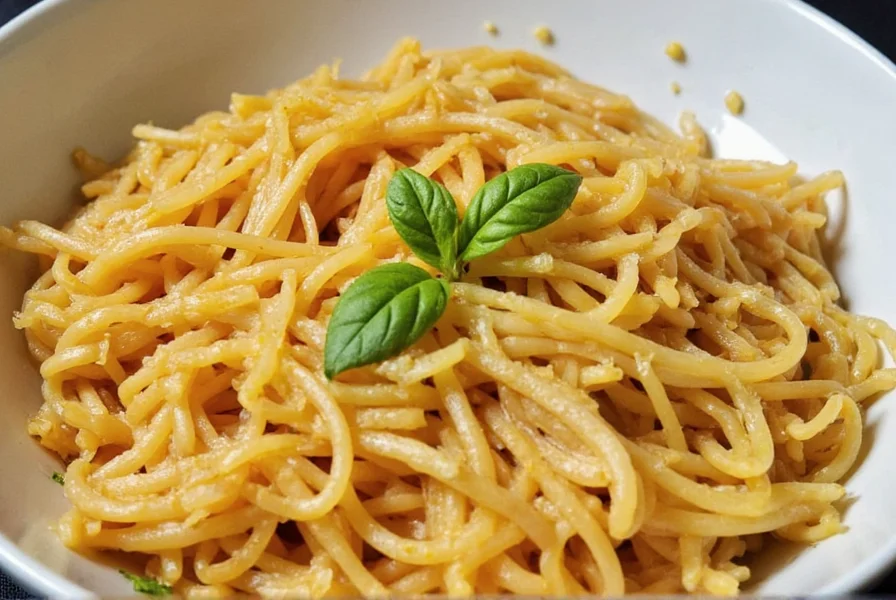

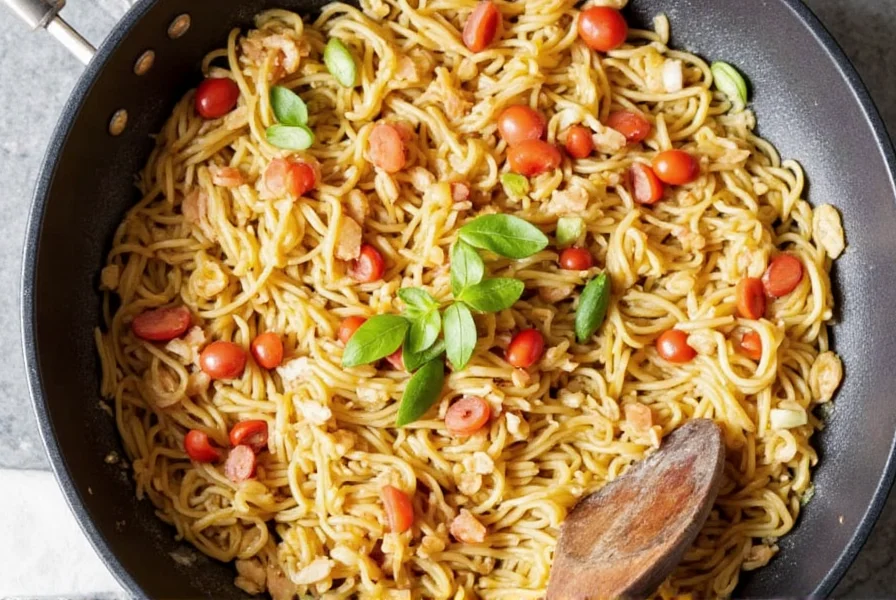









 浙公网安备
33010002000092号
浙公网安备
33010002000092号 浙B2-20120091-4
浙B2-20120091-4